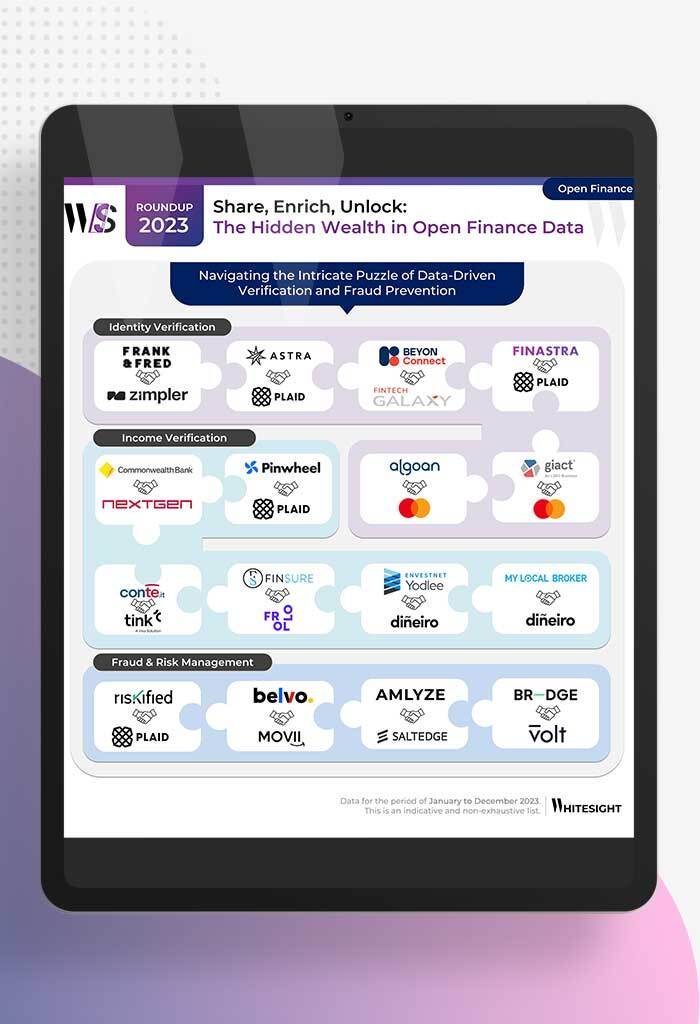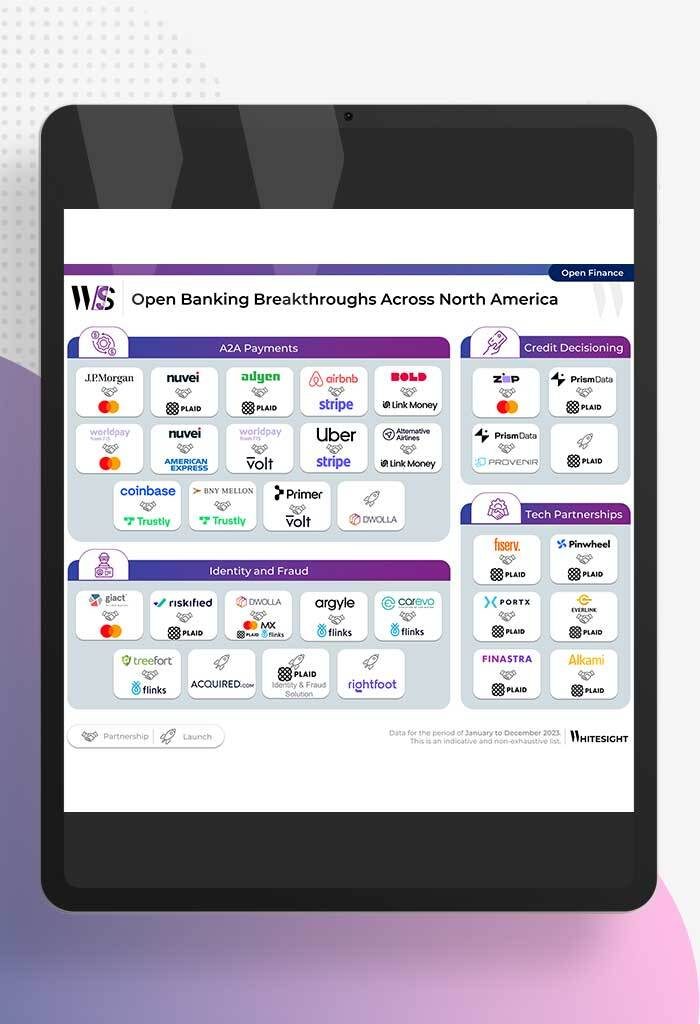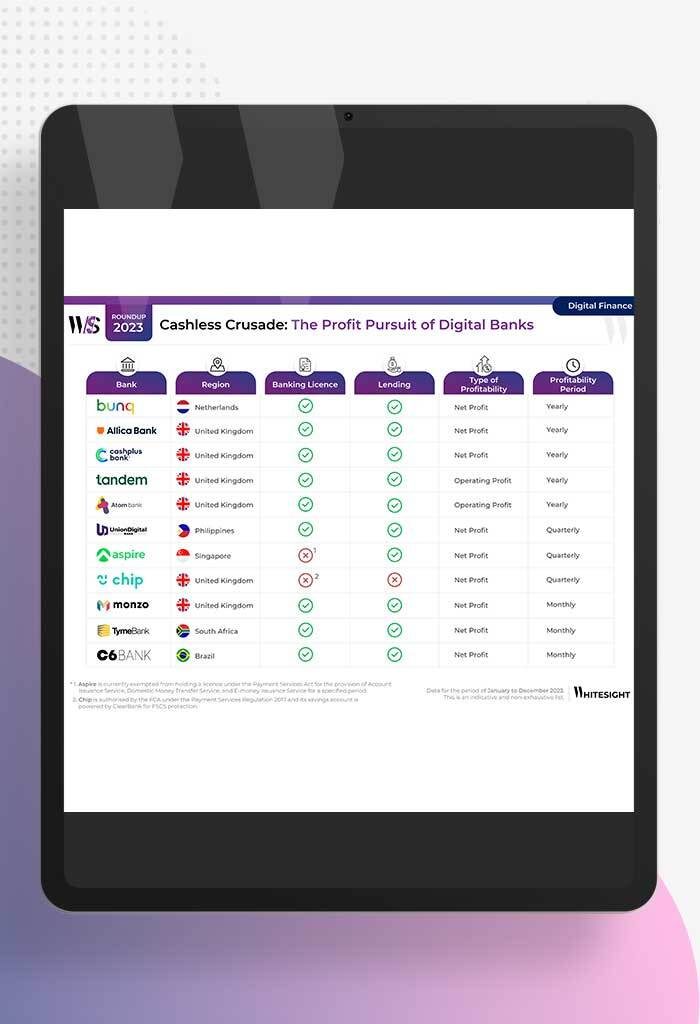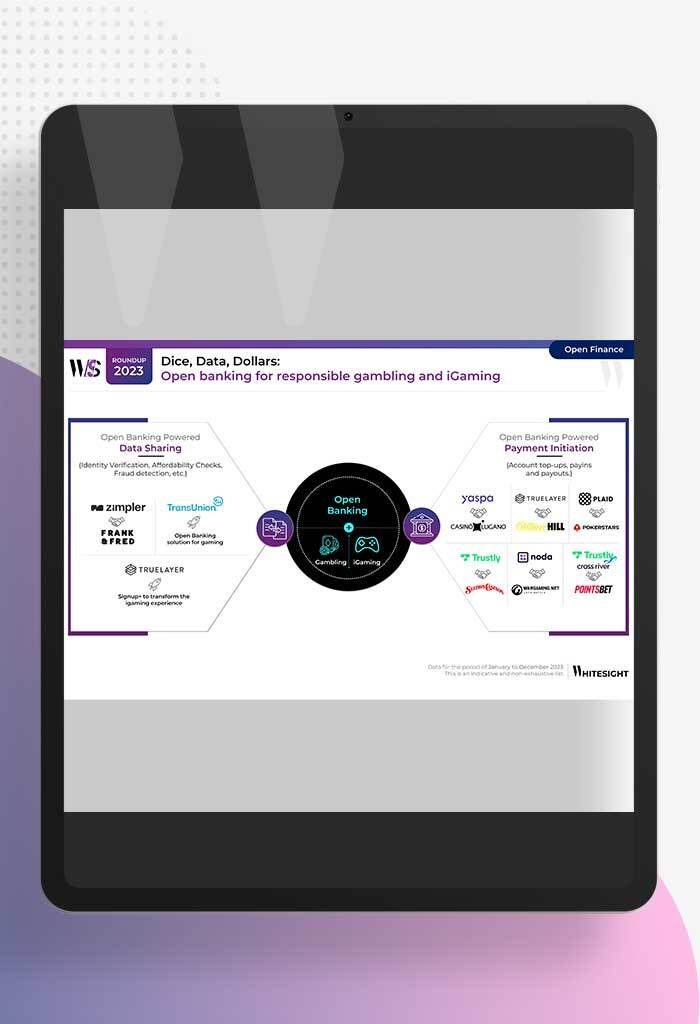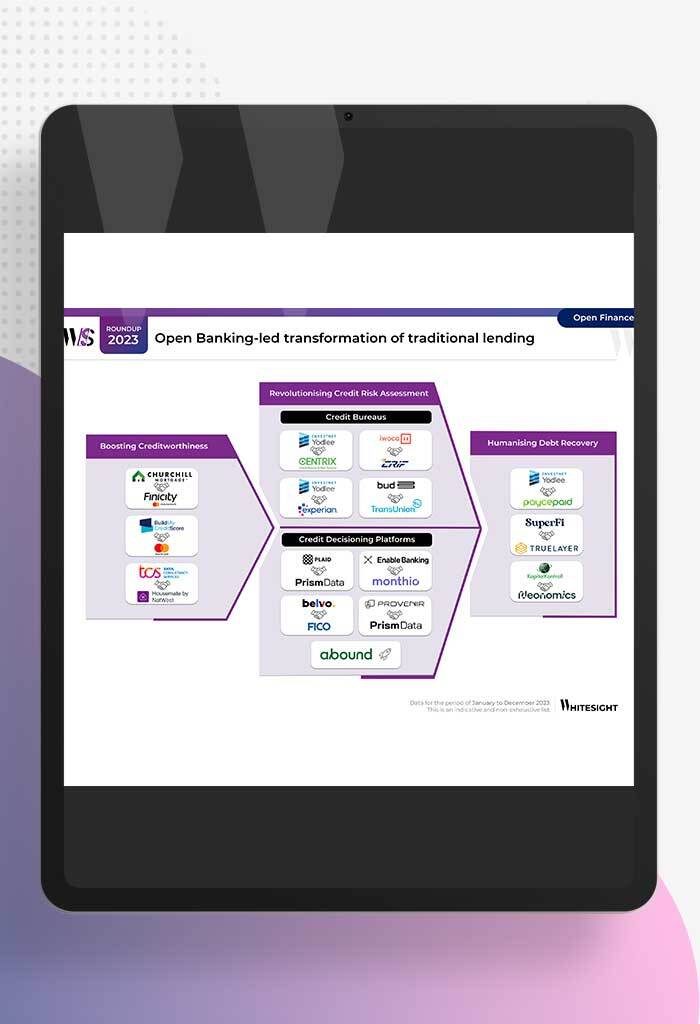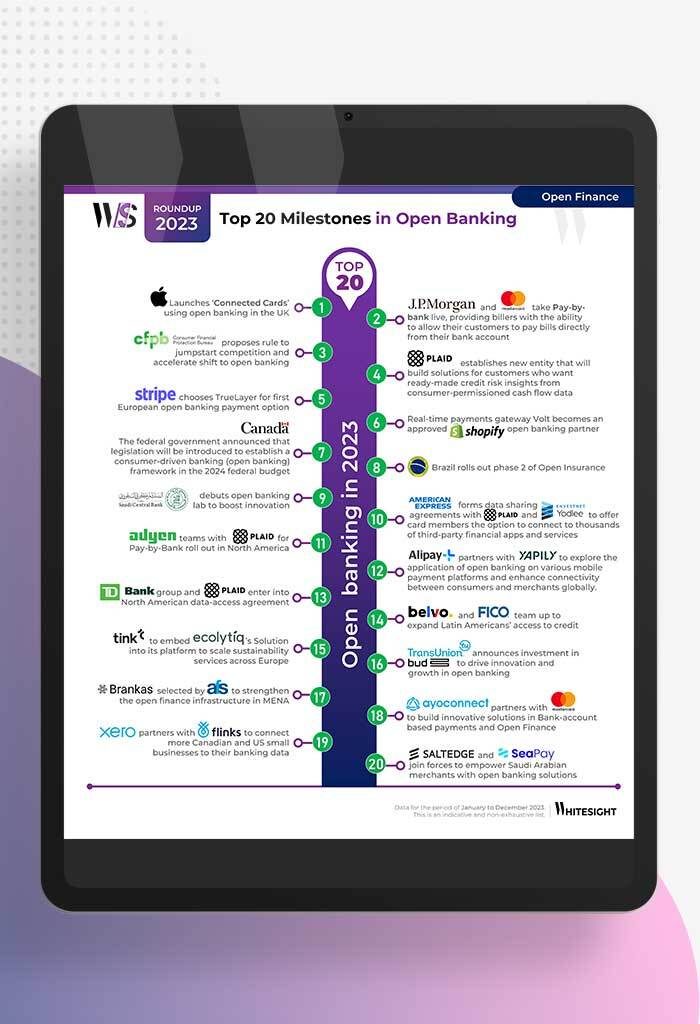The big picture of embedded finance and how it’s taking shape in Canada
- Afshan Dadan and Sanjeev Kumar
- 7 mins read
- Embedded Finance, Insights
Table of Contents
We’re going to go ahead and say it – 2023 is the year for embedded finance. This not-so-sneaky little trend has been gaining momentum not-so-quietly, and we’re quite enthusiastic about it. You’ve got brands from several sectors that you’d never associate with financial services, launching, well – you guessed it – financial services. 😮But what is just so fascinating about this trend? Is it the actual financial offerings? Not really. Is it the way that they’re embedding these offerings? Yes, somewhat. Is it the reason why they’re embedding these products? Big yes.Essentially, the integration of financial products into customer journeys on platforms, apps, and marketplaces that aren’t financially focused influences the way customers find, assess, and engage with these financial offerings. This is quite a transformation when you think of it. And this gives us a classical definition of embedded finance. Embedded finance primarily means offering seamless integration of financial services within non-financial platforms. It’s a game-changer, enabling these non-financial platforms to offer financial products directly to their customers – retail consumers, small and medium businesses, as well as enterprise customers. Non-financial platforms across industries, such as e-commerce, airlines, ride-hailing, food delivery, etc., are hopping on the bandwagon, aiming to wow customers, […]
This post is only available to members.
Already a subscriber? Log in to Access
Unlock this blog
Gain exclusive access to this blog alone.
Radar Subscription
Select a membership plan that resonates with your
goals and aspirations.
Not Ready to Subscribe?
Experience a taste of our expert research with a complimentary guest account.
We publish new research regularly. Subscribe to stay updated.
No spam.
Only the best in class fintech analysis.
Related Posts
- Kshitija Kaur and Sanjeev Kumar
From Data Streams to Enriched Data Fountains Remember the early days of plumbing? Water flowed freely, but its quality was...
- Samridhi Singh and Sanjeev Kumar
North America’s Open Sesame: Use Cases Bloom Open banking has garnered significant attention in recent years, and at Whitesight, we’ve...
- Samridhi Singh and Sanjeev Kumar
Profitability Unlocked: Licences, Service, and Survival The rise of digital banks has sparked a paradigm shift in how we perceive...
- Sanjeev Kumar and Risav Chakraborty
High stakes in the gambling sector The online gambling industry is booming, with a projected market size of $107.3B by...
- Sanjeev Kumar and Risav Chakraborty
Open Banking-led Transformation of Traditional Lending In 2023, a wave of innovation swept through the lending industry, thanks to several...
- Sanjeev Kumar
Unmasking Open Banking’s Game Changers in 2023 2023 has been a pivotal year in the world of open banking, marked...
